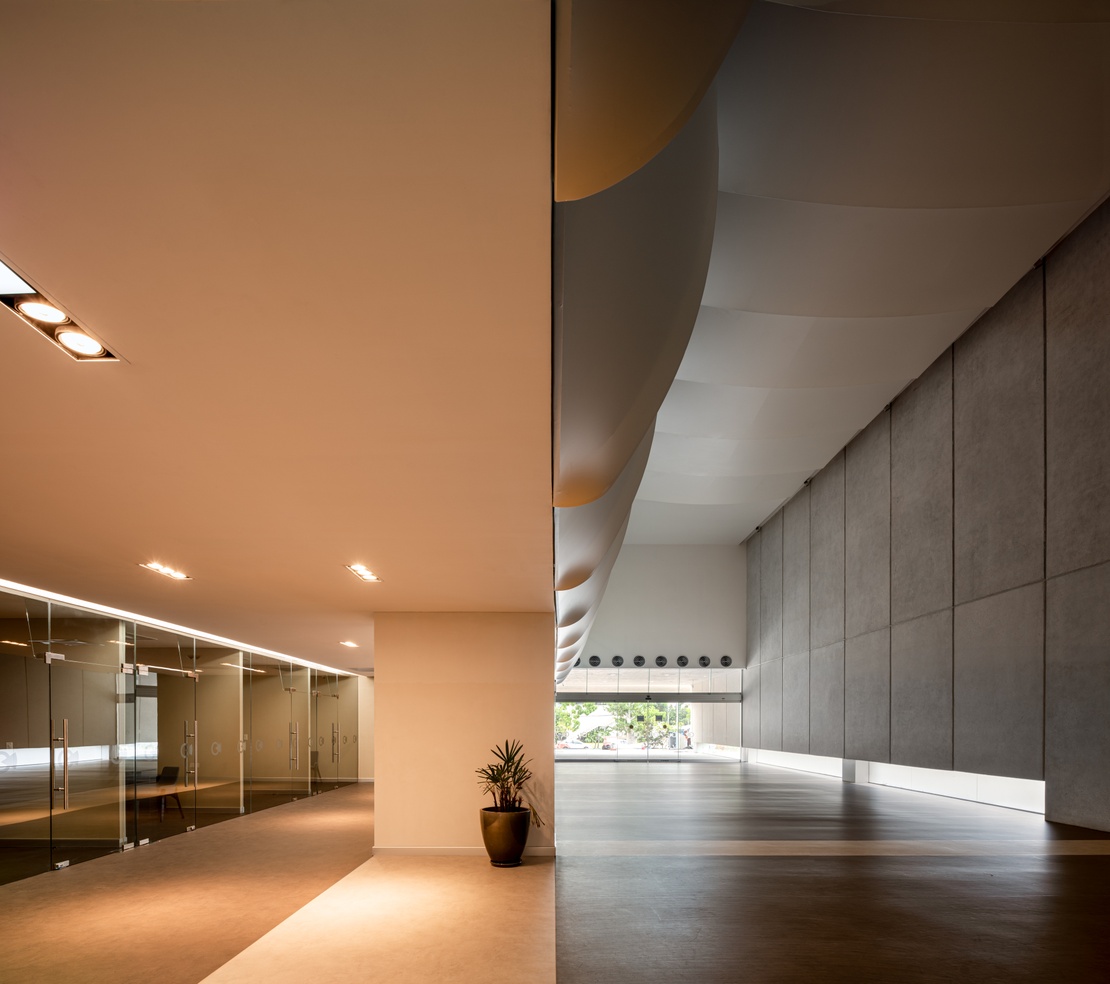Keys to consider when designing indoor lighting schemes under an integrating concept
Jan 18 2021
Architecture, described as a key element of the user experience, attempts not only to design an efficient and attractive physical environment, but also goes further by delving into the concept of the user and humanising the design process. And even when this experience is suddenly transformed, new opportunities arise to strengthen and enhance it.
Integrative lighting as a concept has also transformed the way people look at the lighting of these constantly evolving spaces and has become a key component within a comprehensive sensory adventure.
Here are some keys to be taken into account under this new approach when it comes to lighting architectural spaces.
1. Light for users: residents and nomads
The huge spatial complexity of almost all types of buildings implies that both external and internal users coexist in the same place, or in other words: resident and nomad users.
- Resident users: users who constantly use the space doing cyclic tasks. Since they stay in the space for prolonged periods of time, the way light impacts them is very important as it alters both their visual and physiological characteristics.
- Nomad users: users who occasionally use the space and whose user experience is more concentrated in time, although not less demanding. In addition to visual impact, the emotional impact of lighting significantly affects their user experience.
In each case, the type of user that will occupy a space as well as the duration must be taken into account in order to establish the most appropriate visual and non-visual lighting strategies, and better choose the type of technology most suitable for each case.
2. Contextualisation through lighting
Lighting is a link between the outdoor environment and the indoor experience. To figure out how to achieve continuity between the two, it is necessary to analyse preferences from a socio-cultural point of view, as well as to understand how indoor and outdoor space is used, and the weather conditions of its location:
- Hours of natural light;
- Variation in conditions between seasons;
- Etc.
A clear example of this is a Yoga Centre where Lamp installed a dynamic lighting system. In this case, lighting was conceived as a transitional element that accompanies the user from the noisy and busy outdoors, to an indoor space with the perfect atmosphere for practising yoga.
Lighting is no longer flat and rigid, but a dynamic and customisable element which can be conceived in layers and dynamic itineraries. This can be conceived by modifying certain aspects such as:
- Intensity;
- Colour temperature;
- Spectral power distribution.
At Lamp, we offer an integrative lighting service that focuses on the well-being of the end user so as to contribute to everyone's comfort through lighting. These dynamic itineraries are designed taking into account the biological needs of the human being and integrating the visual and non-visual effects of light.
3. Versatile, efficient and customised lighting
In an increasingly changing environment, it is important that lighting creates spaces that absorb the changing levels of usage and occupation. In many cases, this involves a technological solution that provides flexibility and also ensures the efficient use of lighting.
Moreover, it is often necessary to develop solutions specially designed for a particular project and intended use. One of the main goals of Lamp's contributions to architectural projects is to offer solutions tailored to each space. Thus, a specific Lamp design team assists the client in all phases of the project in order to develop co-creation solutions together.
This philosophy is perfectly embodied in projects such as Jordi Cruz's Atempo Restaurant, for which a special suspended downlight was developed, which facilitates adjusting the colour temperature of the light beam. A single luminaire can be used to achieve effects ranging from a super spot effect with a 9º opening to an average opening of 20º. In addition, these luminaires have warm colour temperature (2700 K) and a 90 CRI which guarantees the correct chromatic reproduction of the culinary proposals.
4. Sustainability and circularity
While more efficient technologies and control systems have been developed to adjust artificial light according to occupation and natural light levels in order to reduce electricity consumption related to lighting, a further step is needed to build increasingly sustainable solutions that address three different areas:
- Efficient lighting installations through effective equipment that reduce the carbon footprint;
- Environmentally friendly luminaires through the use of low-impact materials, incorporating recycled and recyclable materials while improving manufacturing processes;
- Circular design premises that conceive luminaires as separable and recyclable components.






